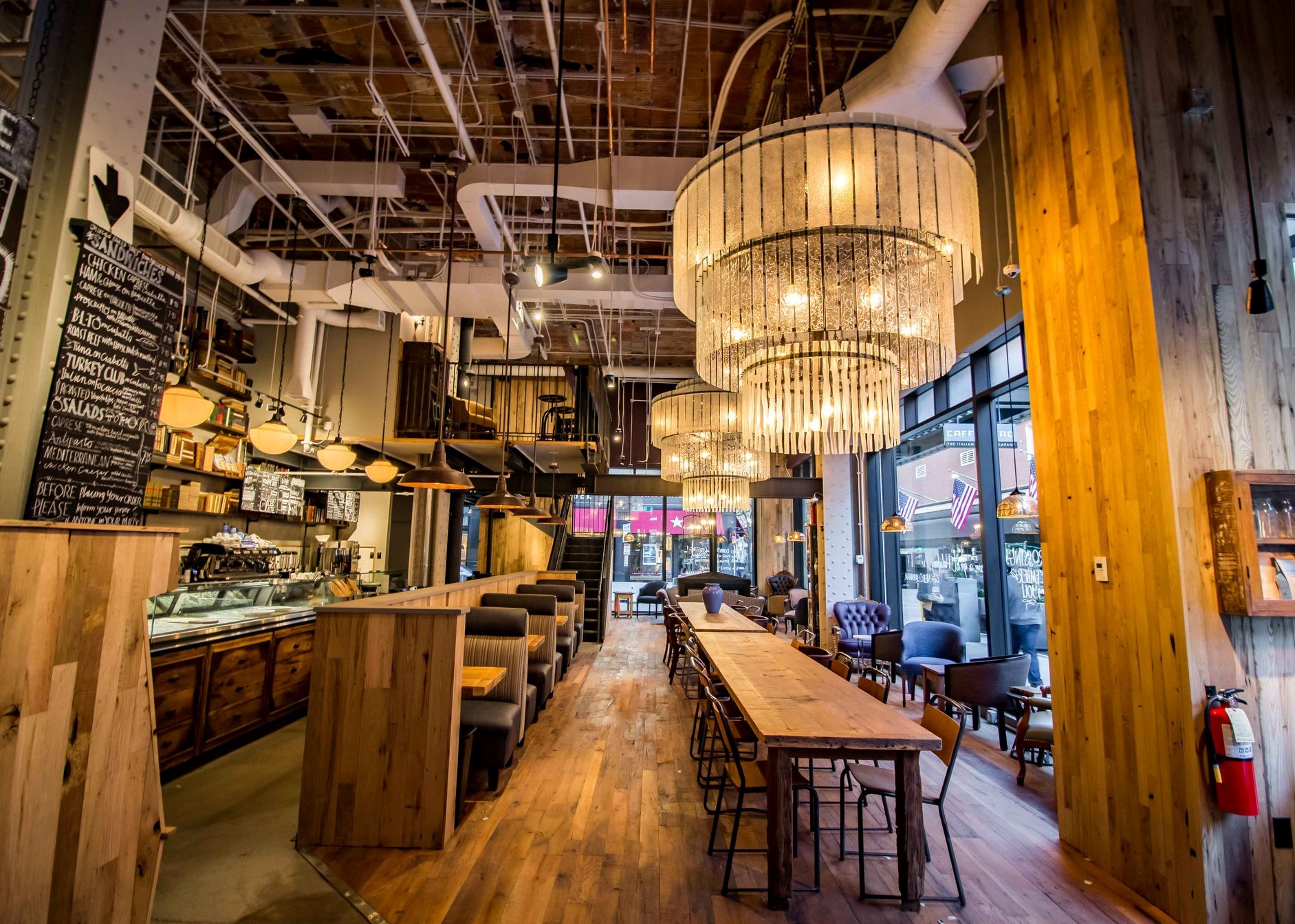
Beans from Ethiopia, for example, are likely to have citrus notes, whereas beans from Central America might taste more like chocolate and it’s these that you will be able to taste the most. The lower temperatures at which they are roasted lend a more acidic flavour – bright and lively – and pronounced characteristics of where it was grown its terroir. What’s the difference between coffee roasts?Ī light roast can be described as tasting like toasted grains, with distinct character. Medium-dark sits between 225 and 230 degrees, with dark roast achieved finally at 240 degrees.

Lighter roasts come just after that first crack, whereas a medium roast sits somewhere between the first and the second, at around 220 degrees. It is within these ‘cracks’ that roast grades are determined. What’s a crack? It is literally the bean cracking slightly, a bit like a kernel popping, but not as dramatic the beans look like they are dancing, rather than exploding.
CAFFE NERO CRACK
Should you continue roasting to 240 degrees, the beans will only become darker and a second crack would occur. The build-up of water pressure and gases generated will cause what’s known in the business as the ‘first crack’ at around 205 degrees.

The Maillard reaction occurs in other foods such as the browning of toast, caramel made from milk and sugar, and the colouring of steak, for example. Known as the ‘Maillard reaction’ – a chemical reaction between an amino acid and a reducing sugar – it is responsible for many of the emerging flavours. The first phase is endothermic (energy absorbing) and you’ll see this as the beans change from green to yellow during the process.Īt around 100 degrees, the beans will begin to produce vapour and, reaching 160 degrees, they will begin to brown. The temperature and length for which it is roasted at will determine the characteristics of the final product such as aroma, body (how it feels in your mouth), and flavour, intensifying as the process goes on.īetween the temperatures of 200-240☌, a coffee roaster will transform the structure of the bean.

Green coffee smells reminiscent of earth and grassiness, and is softer to the touch than a roasted bean. Essentially, it’s what transforms origin into the final product quite like the chrysalis between a caterpillar and a butterfly (but let’s not forget that it’s coffee). This makes it one of the most crucial factors in preparing your coffee, alongside country of origin and its environment, all the way through to the grind and pour. How green coffee – raw beans – are roasted will ultimately determine the taste.


 0 kommentar(er)
0 kommentar(er)
